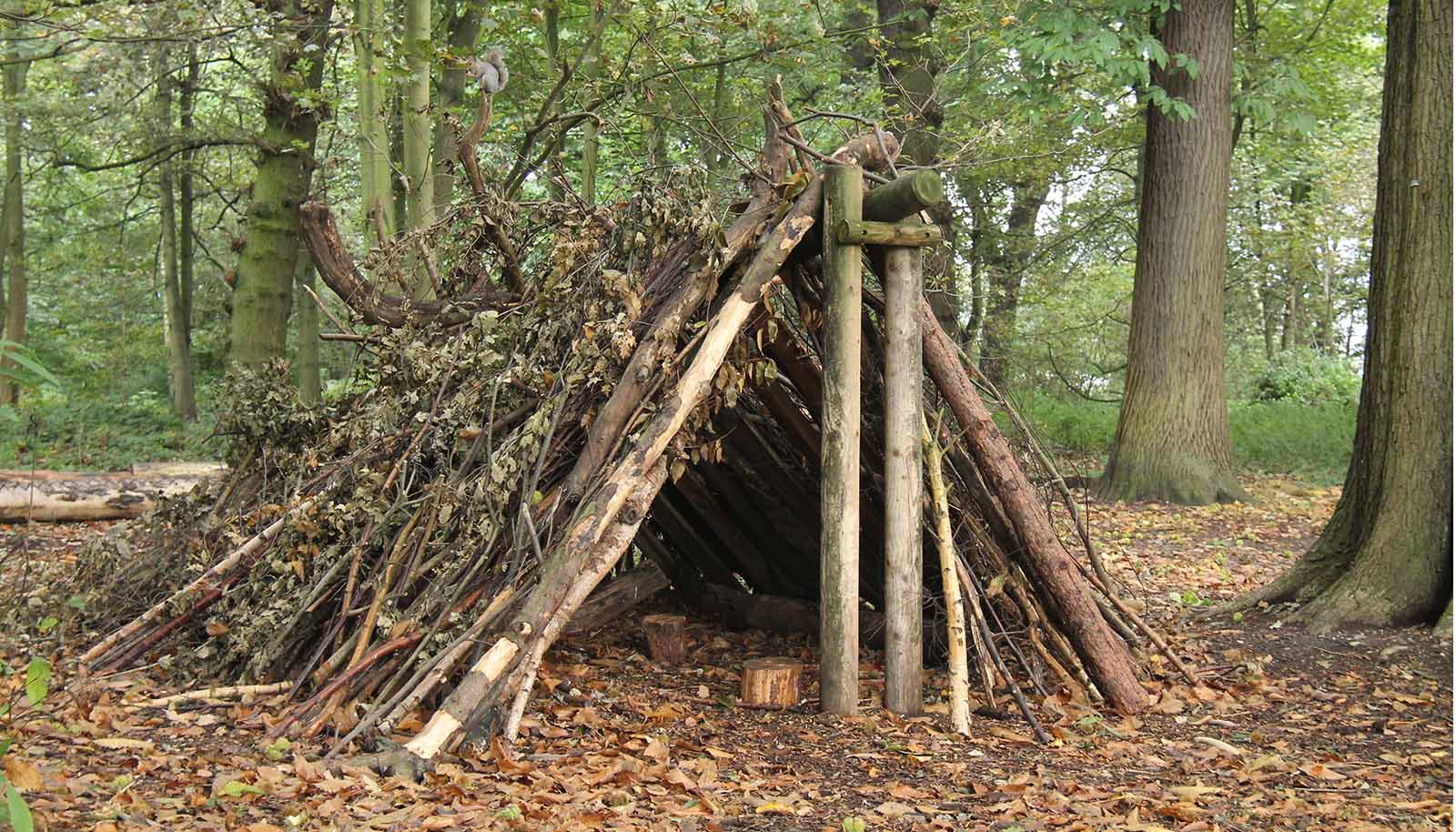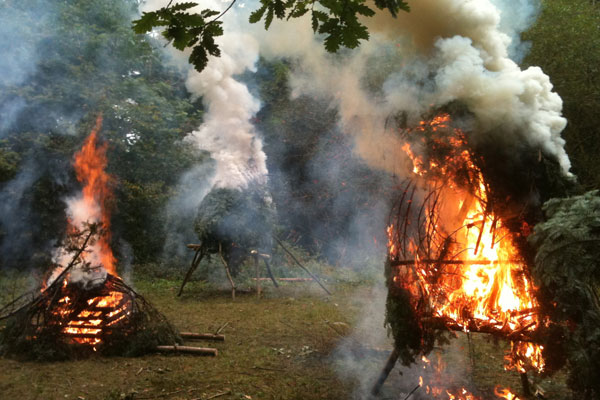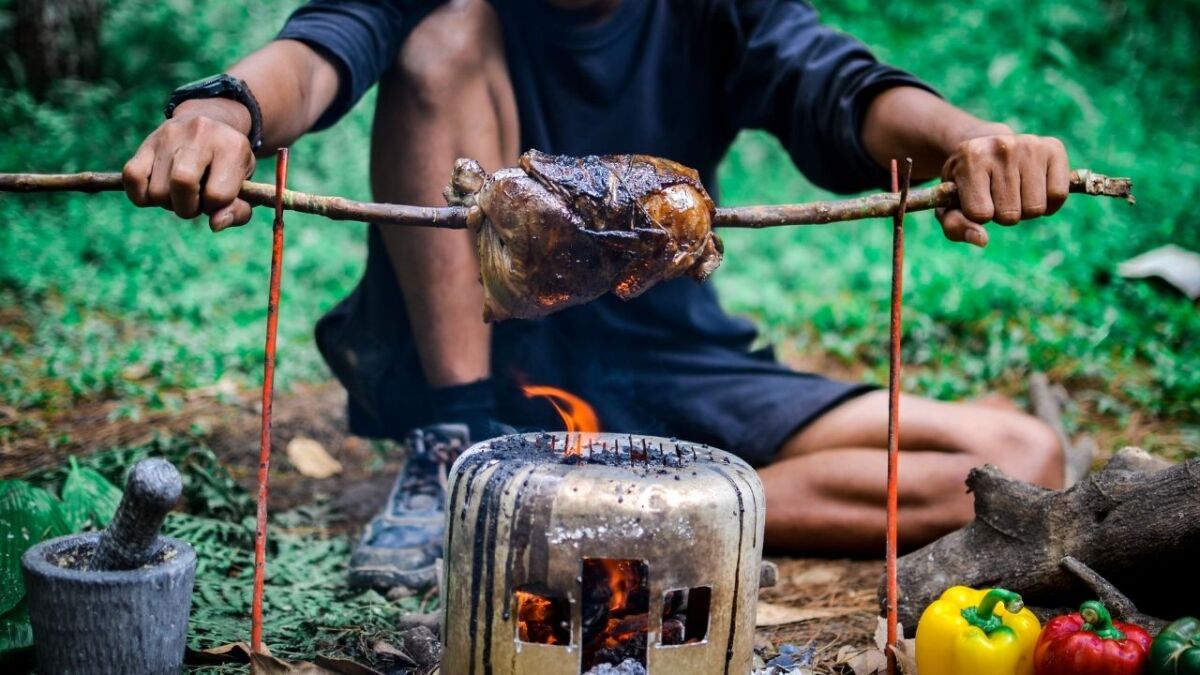Thriving with Nothing or Very Limited Resources

Survival is a test of ingenuity, resilience, and adaptability. Whether you find yourself lost in the wilderness, facing an emergency at home, or navigating an urban disaster, the principles of surviving with nothing or limited resources remain largely the same. Here’s a comprehensive guide on how to make the most of what little you have and ensure your safety and well-being in dire situations.
1. Mental Preparedness: The Key to Survival
The first and most crucial resource in any survival scenario is your mindset. A positive, resourceful, and resilient attitude can be the difference between life and death. Here are some ways to cultivate a survival mindset:
- Stay Calm: Panic clouds judgment. Take deep breaths and assess your situation.
- Be Resourceful: Look at every item you have and think creatively about how it can be used.
- Set Priorities: Focus on immediate needs first—shelter, water, and food.
- Maintain Hope: Remember that many people have survived dire situations, and you can too.

2. Finding and Purifying Water
Water is essential for survival. The average human can only survive three days without it. Here’s how to find and purify water with limited resources:
- Natural Sources: Look for streams, rivers, lakes, or rainwater. Even dew collected from plants can be valuable.
- Purification: Boiling water is the most effective method if you have a container and a means to start a fire. If not, use improvised filters (like sand, charcoal, and cloth) to reduce impurities. In a pinch, water purification tablets or portable filters can be lifesavers.

3. Creating Shelter
Shelter protects you from the elements and is a top priority in many survival scenarios. Here’s how to create a basic shelter:
- Natural Shelters: Look for caves, fallen trees, or rock overhangs.
- Improvised Shelters: Use materials around you to create a makeshift shelter. For instance, branches, leaves, and debris can form a simple lean-to. If you have a tarp or poncho, these can be invaluable for creating a more substantial shelter.
- Insulation: Use leaves, grass, or other natural materials to insulate your shelter and keep warm.

4. Starting a Fire
Fire provides warmth, a means to cook food, and a way to signal for help. Here are some methods to start a fire without modern tools:
- Friction Methods: Techniques like the bow drill, hand drill, or fire plow can be used, but they require practice and patience.
- Spark-Based Methods: Use flint and steel if you have them. Alternatively, a piece of quartz and the back of a knife can create sparks.
- Lenses: If you have glasses, a magnifying glass, or even a clear plastic bottle filled with water, you can focus sunlight to start a fire.

5. Finding Food
While you can survive longer without food than without water, having sustenance is crucial for maintaining energy and morale. Here’s how to find food in a survival situation:
- Foraging: Learn to identify edible plants, berries, nuts, and roots in your area. Avoid anything you cannot positively identify as safe.
- Fishing: If you’re near a water source, fish can provide a steady food supply. Use makeshift fishing lines and hooks if you don’t have proper equipment.
- Hunting and Trapping: Small game like rabbits, birds, and squirrels can be caught using simple traps. Knowledge of snaring and trapping techniques is invaluable.
- Insects: While not appealing, many insects are edible and nutritious. Look for grasshoppers, crickets, and worms.

6. Navigating to Safety
Finding your way to safety is often a priority. Here’s how to navigate with limited resources:
- Natural Navigation: Use the sun and stars to determine directions. The sun rises in the east and sets in the west. The North Star can guide you at night.
- Landmarks: Use prominent features like mountains, rivers, and distinctive trees to orient yourself.
- Improvised Compasses: If you have a needle, magnetize it by rubbing it with silk or wool, then float it on a leaf in water. It will point north-south.

7. First Aid and Health
Injuries and illness can complicate survival efforts. Here’s how to manage basic first aid with limited resources:
- Cleaning Wounds: Use clean water to rinse wounds. If you have alcohol or antiseptic wipes, use them. Honey can also act as a natural antiseptic.
- Bandaging: Use clean cloth, bandanas, or even parts of your clothing to dress wounds.
- Splints: Improvise splints with sticks and cloth to immobilize fractures.
- Natural Remedies: Learn about medicinal plants in your area. For example, willow bark can be used for pain relief as it contains salicin, a natural compound similar to aspirin.
8. Signaling for Help
If you need rescue, making yourself visible is crucial. Here’s how to signal for help:
- Fire: Create a signal fire with green branches to produce smoke.
- SOS Signals: Use rocks, logs, or other materials to spell out “SOS” or “HELP” on the ground.
- Mirrors: If you have a reflective surface, use it to flash sunlight towards potential rescuers.

9. Tools and Improvisation
With limited resources, every tool counts. Here’s how to make the most of what you have:
- Multipurpose Items: A knife, if you have one, is invaluable. Use it for cutting, carving, and protection. If not, sharp rocks or glass can serve as substitutes.
- Cordage: Use vines, shoelaces, or strips of cloth as makeshift rope.
- Containers: Empty bottles, cans, and even large leaves can be used to carry water or food.

10. Mental and Emotional Well-being
Survival is not just physical but also mental. Staying mentally and emotionally strong is essential:
- Routine: Establish a daily routine to provide structure and a sense of normalcy.
- Positive Thinking: Focus on positive outcomes and take each challenge one step at a time.
- Stay Busy: Keep yourself occupied with survival tasks to avoid despair.

Conclusion
Surviving with nothing or limited resources is a profound challenge, but with the right mindset and skills, it is possible. Remember, the key is to stay calm, think creatively, and prioritize your needs. Equip yourself with knowledge, practice these skills, and you’ll be better prepared to face whatever life throws your way. Survival is not just about enduring; it’s about adapting and thriving even in the toughest conditions. Stay strong, stay smart, and stay hopeful.


















![[FAILED] Engage2Earn: Shayne is helping koalas!](https://cdn.bulbapp.io/frontend/images/08e2e573-f490-4ef4-93b6-f2285814da59/1)










































